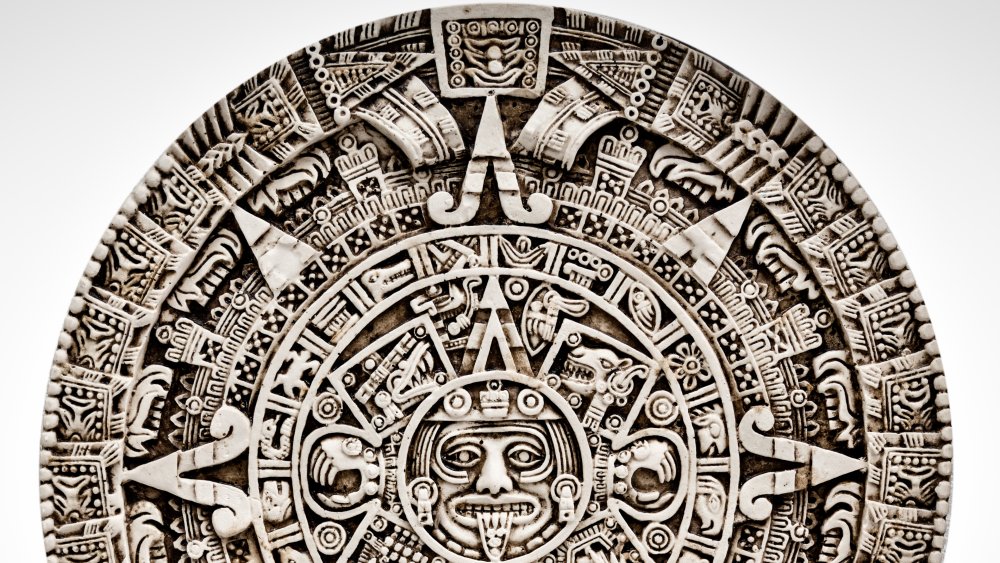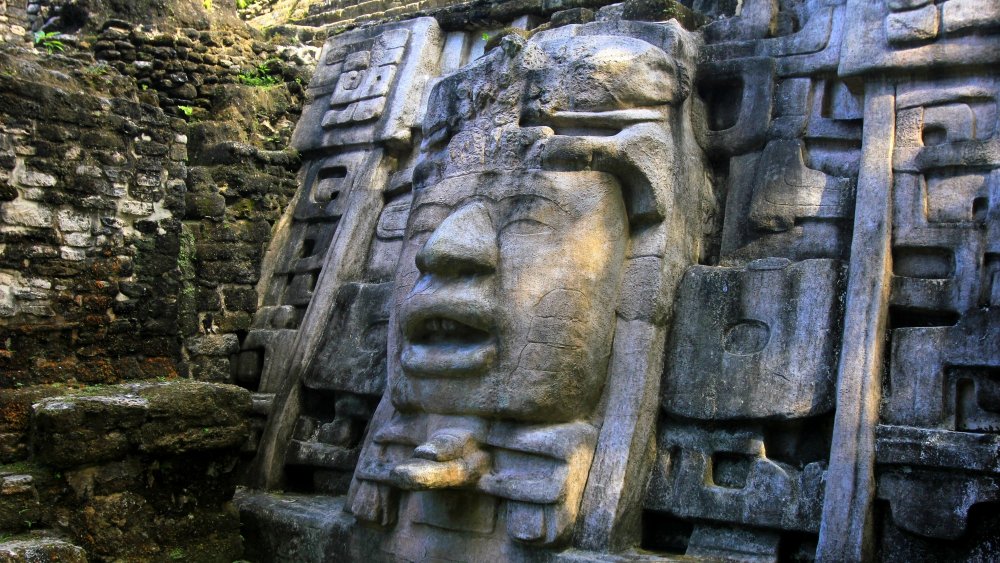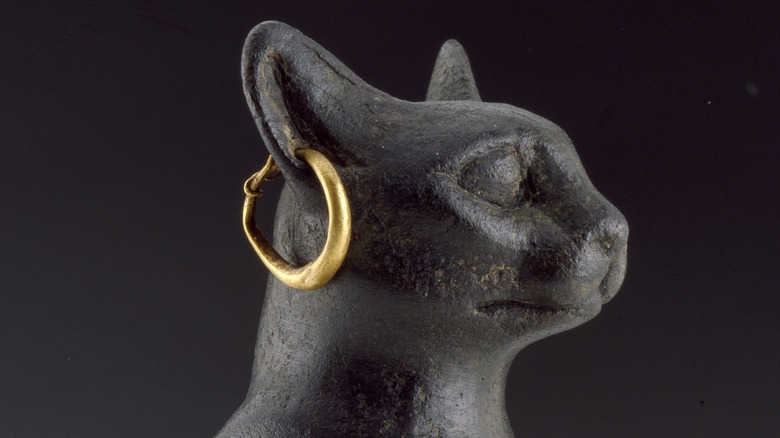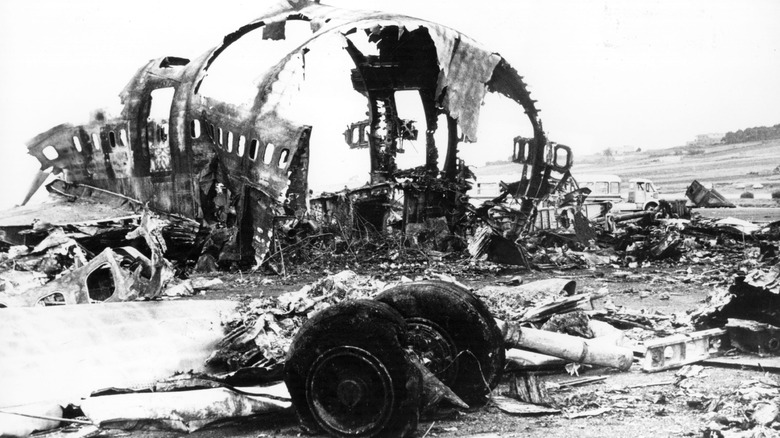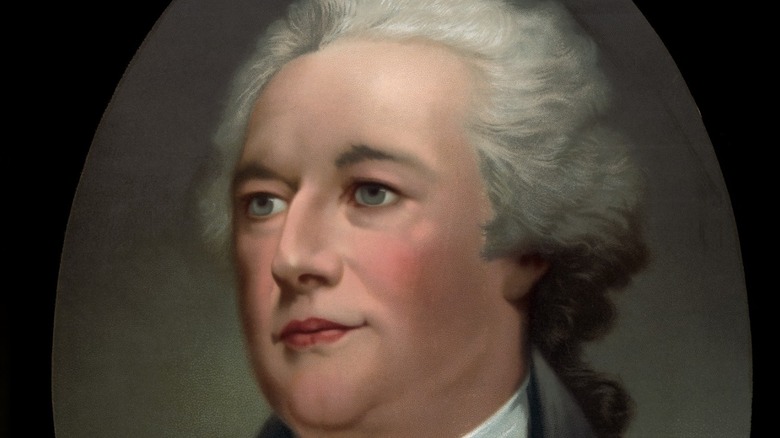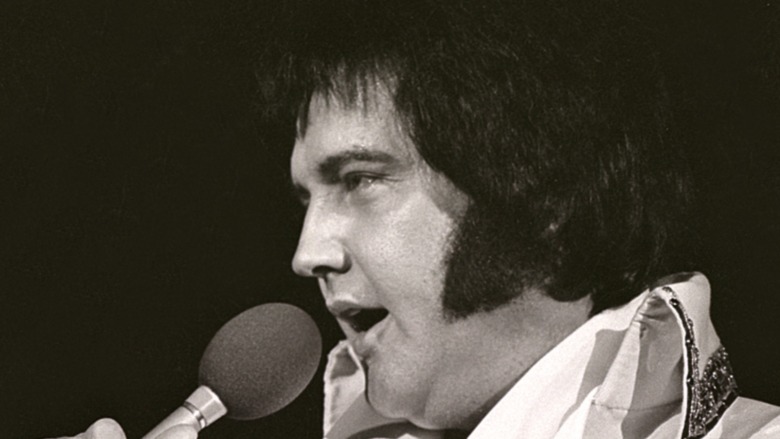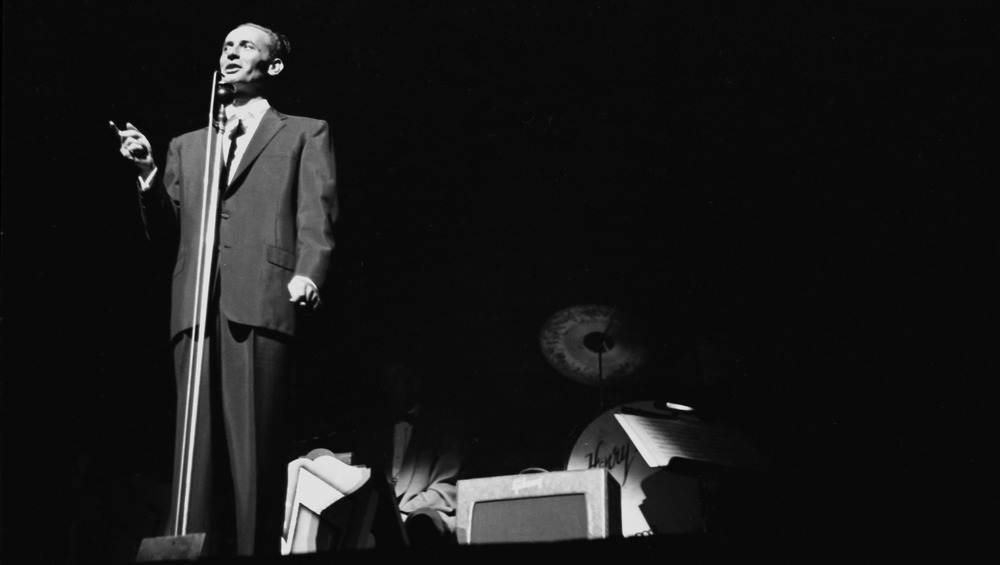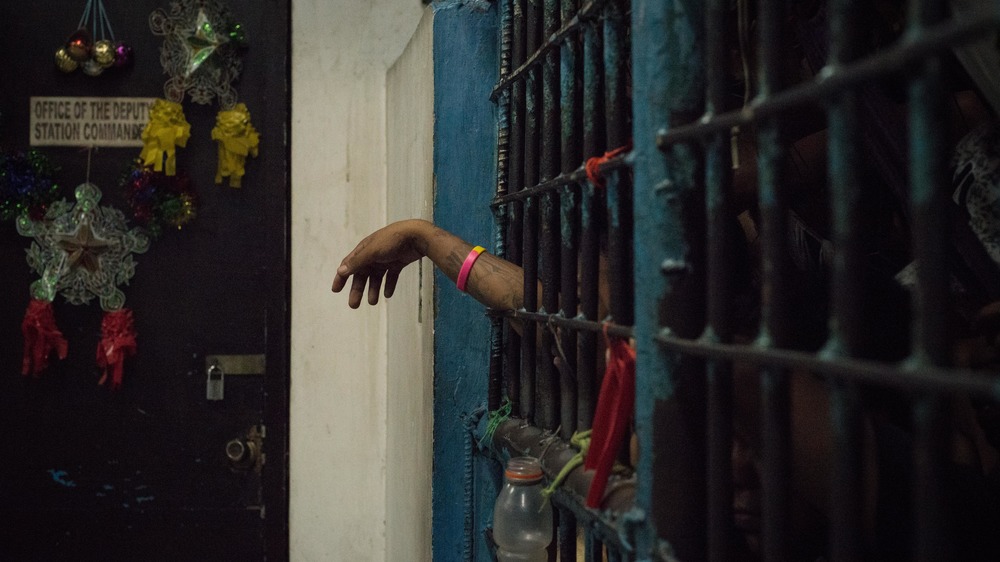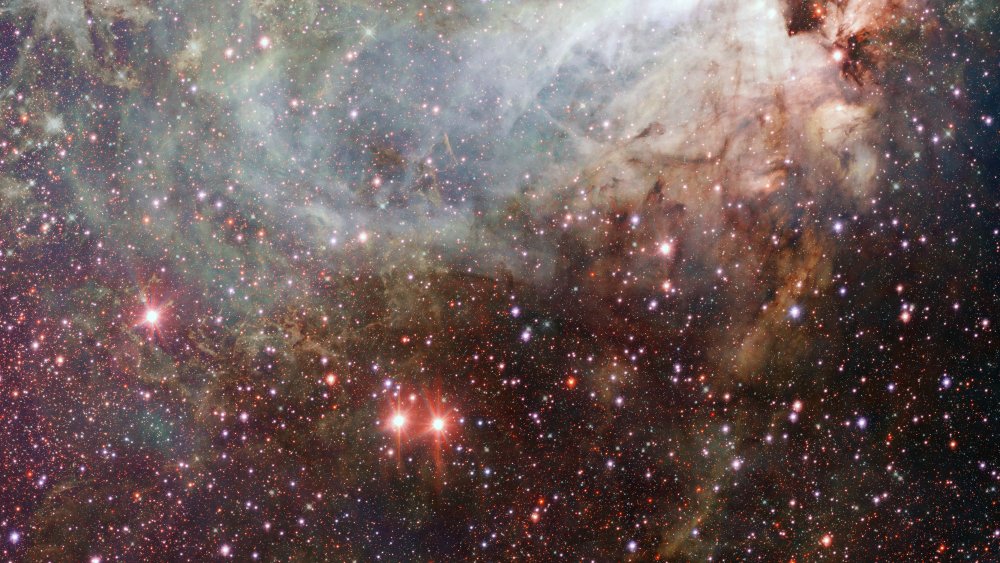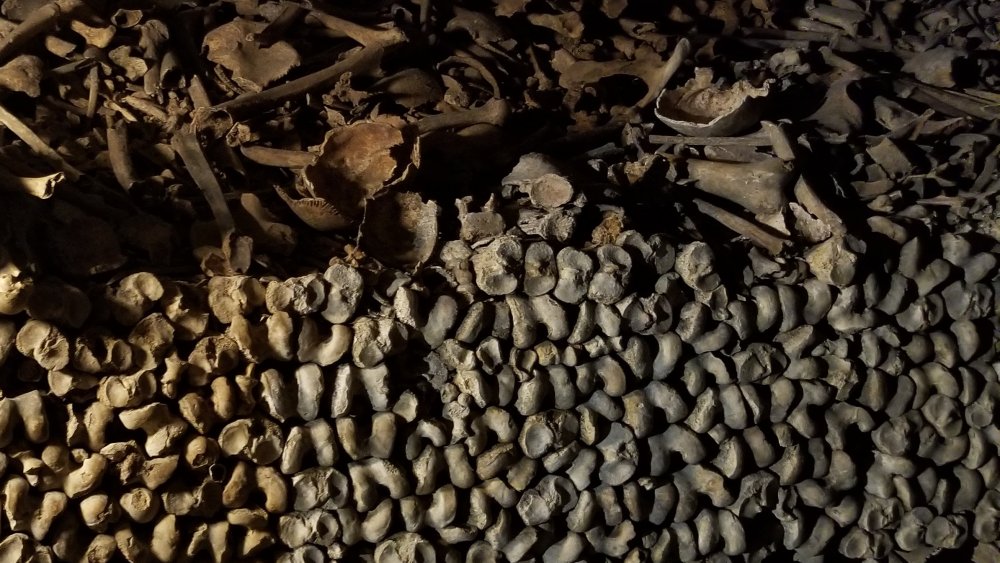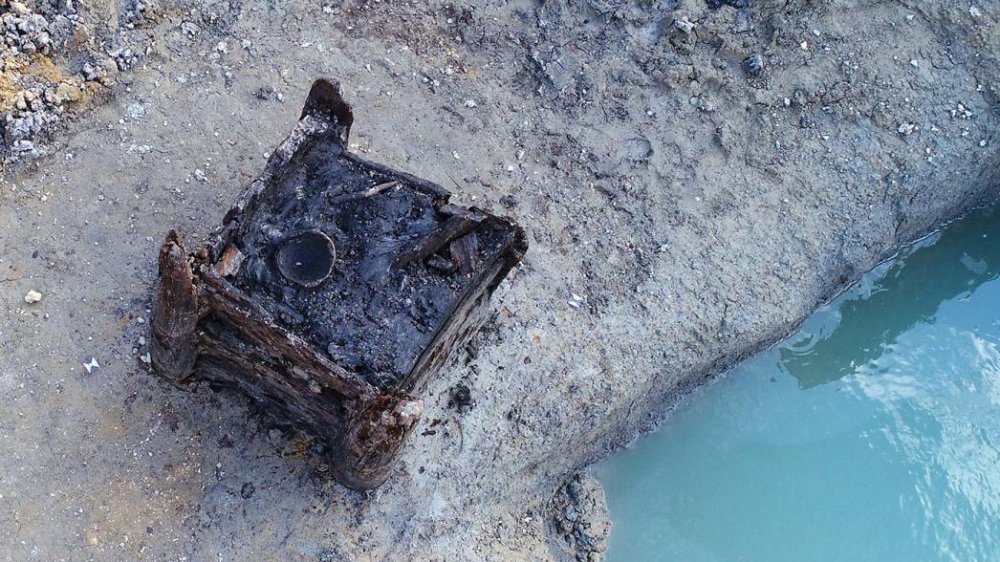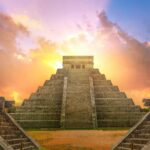
The Truth About The 2012 Apocalypse
December 21, 2012: the day the world didn’t end. No asteroids impacting with Holocene-quickening precision. No Nibiru/Planet X hurtling on a collision course to obliterate the entire planet. No aliens, no ancient gods returned to Earth, no inter-dimensional portals, no volcanoes emitting either sun-shrouding gas or spacecraft lurking in underground chambers ready to escape, lasers ablaze, and no Mayan prophecies come to life through tricks of ancient calendars and celestial body placement. December 12 was just a regular Wednesday, full of soy lattes, overpriced and overdue cell phone bills, and aggravated commuters stuck in traffic.
For those who lived through the technological portents of now-defunct Y2K paranoia, the final, banal result of the doomsday knell resounded clear and predictable back in the months, weeks, and days leading up to December 12. The Washington Post ran a story recounting how millions believed the impending apocalypse. CNBC ran articles with nearly Onion-like titles like “FAQ: Apocalypse 2012 Explained,” and the possibly Ferengi-inspired “End of the World in 2012? Here’s How to Make a Profit.” Wired jumped on the bandwagon with tech-lite versions of catastrophic scare articles, citing “space weather events” cataloged by NASA, including increased solar activity and an “unusually large hole in Earth’s geomagnetic shield.” Ok, folks. Shields up, prepare the photon torpedoes. Target lock: Reptilians from the Dog Star.
Perhaps everyone was just looking to make a buck, or grease the wheels of our 24-hour, hype-machine, nonstop news cycle. But what, really, was up with the 2012 Mayan apocalypse prophecy?
From poetry to doomsday in 5125 days
It seems, in the end, that all the apocalyptic hubbub about hidden, brown dwarf planets, reversals in the Earth’s rotation, planetary alignments, giant storms, etc. – as outlined on Space.com – all sprouted from a single block of text related to the ancient Mayan calendar found on Monument 6 at the Tortuguero archaeological site in Tabasco, Mexico, as described in National Geographic. That’s all it took, folks. We go from that to “How to Survive 2012; End of the World” videos on YouTube. Never mind that an actual apocalypse, by definition, wouldn’t entail survival for anyone, mmkay?
The text in question? A poetic phrasing of the end of a calendar cycle. Rather than a dull and tedious, “December 12, 2012 marks the end of our Long Count calendar that began on August 13, 3114 BCE and ends 5125 years later,” the author of the text said something along the lines of, “The old world will be washed away on December 12, 2012, when god returns to us and begins the cycle of existence again.” Granted, the latter sounds much cooler, right? But it was never meant to be literal. If future humans uncovered Game of Thrones fan fiction, would they think it was an historical account? The test at Monument 6 was merely a framing of the greater narrative of life, death, dependence on agricultural seasons, the movement of constellations over time: all that stuff that defined life before, you know, Reddit and TikTok.
Cycles locked within cycles
Actual Mayan calendars (there were several) were brain-bending pieces of precision engineering that had nothing to do with magic prophecies. The “end of the world” talked about in 2012 was similar to your car’s odometer exceeding 999,999 and then ticking back to 0. That’s what we’re dealing with.
As Maya Archaeologist rather impressively outlines, the Mayans used 3 calendars to keep track of time. The Sacred Calendar, or Tzolk’in, lasted 260 days and was the basis for religious life, ceremonial days, and resembled both the length of time it takes a human baby to develop in utero, and the length of time it takes maize (corn, the main food of the region) to finish a growth cycle. The Solar Calendar, or Haab, was the same as our modern calendar, 365 days, except that Mayan months were shorter at 20 days apiece, comprising an 18-month year and a final month of 5 days. And finally, the Long Count calendar was supposed to be an absolute measure of time, and, as stated before, lasted 5125 years. All three calendars rather ingeniously locked together and contained each other, large to small, so that all three calendars completely finished their cycles by the end of the Long Count calendar.
We can see, then, why it was such a big deal to the Mayans to finish a Long Count cycle. Big enough to write about and flourish through poetic talk of gods, cosmic cycles, and rebirth.

The Hilarious Truth About Alaska's 'Fat Bear Week'

These Are The Only Two Countries Without Divorce Laws

Deadliest Plants In The World

Do People Really Have A Soul? Scholars Weigh In
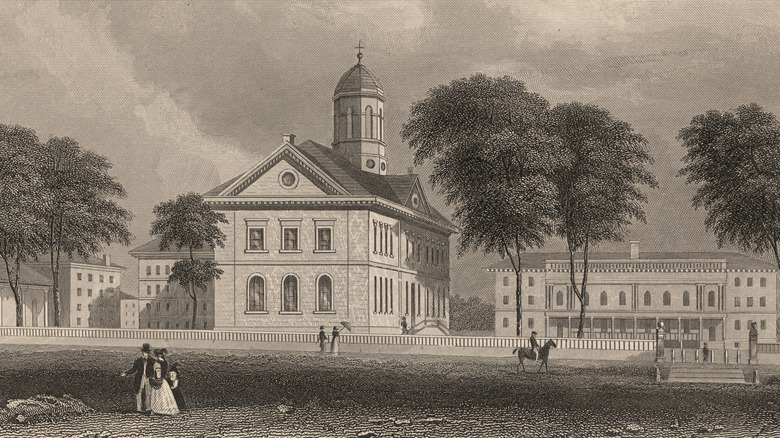
This Is America's Oldest Academic University

The Truth About Caitlyn Jenner's Car Racing Career

The Truth About Hackers Who Stole Over $1 Billion

The Hidden Danger Of Bald Eagles You Never Knew About
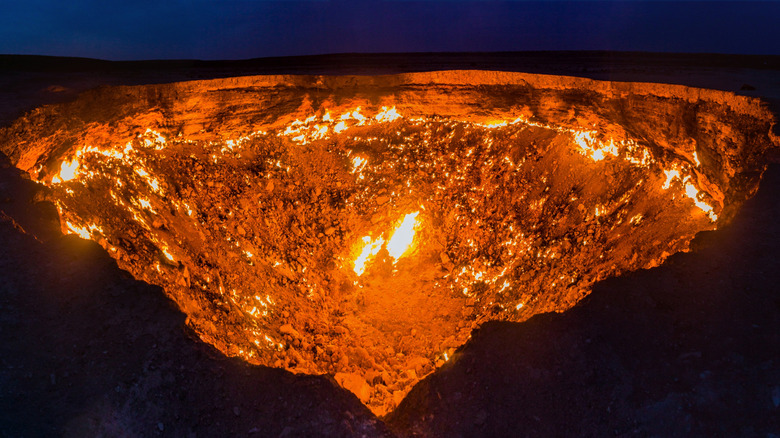
The Truth About Turkmenistan's 'Gates Of Hell'

The Potentially Deadly Pseudoscience Of 'Breatharianism' Explained
